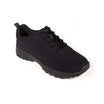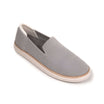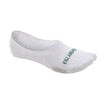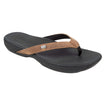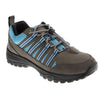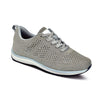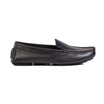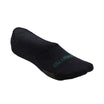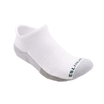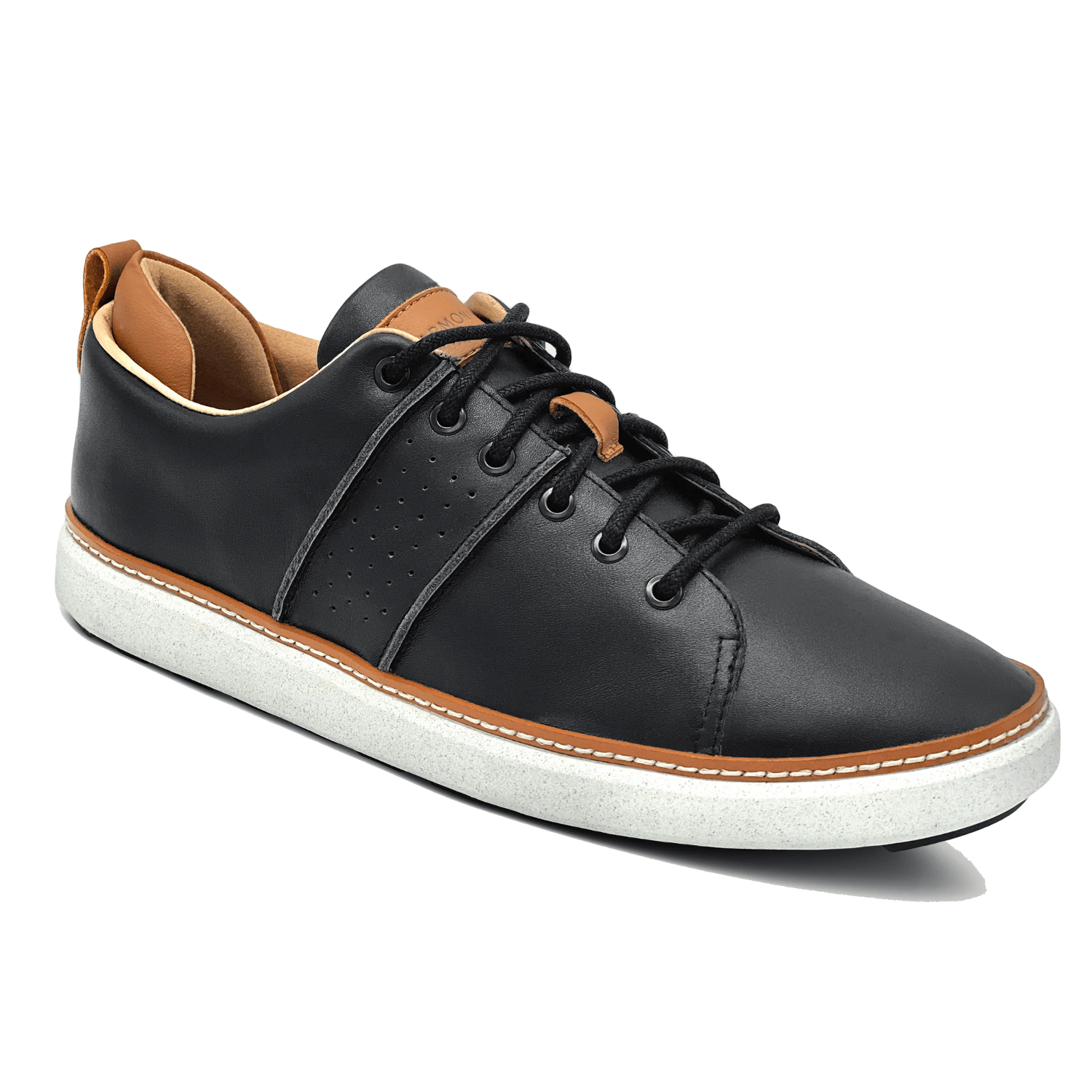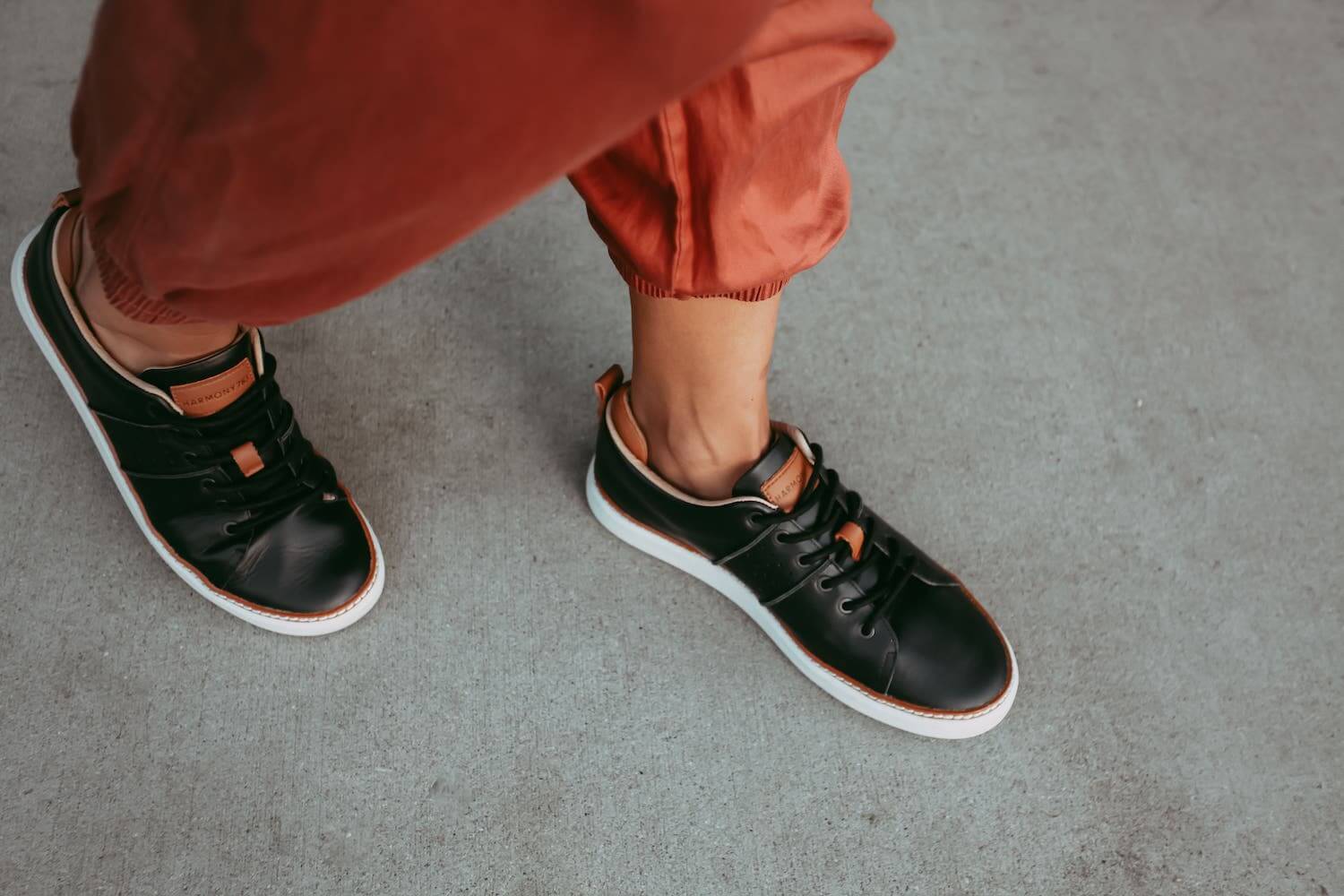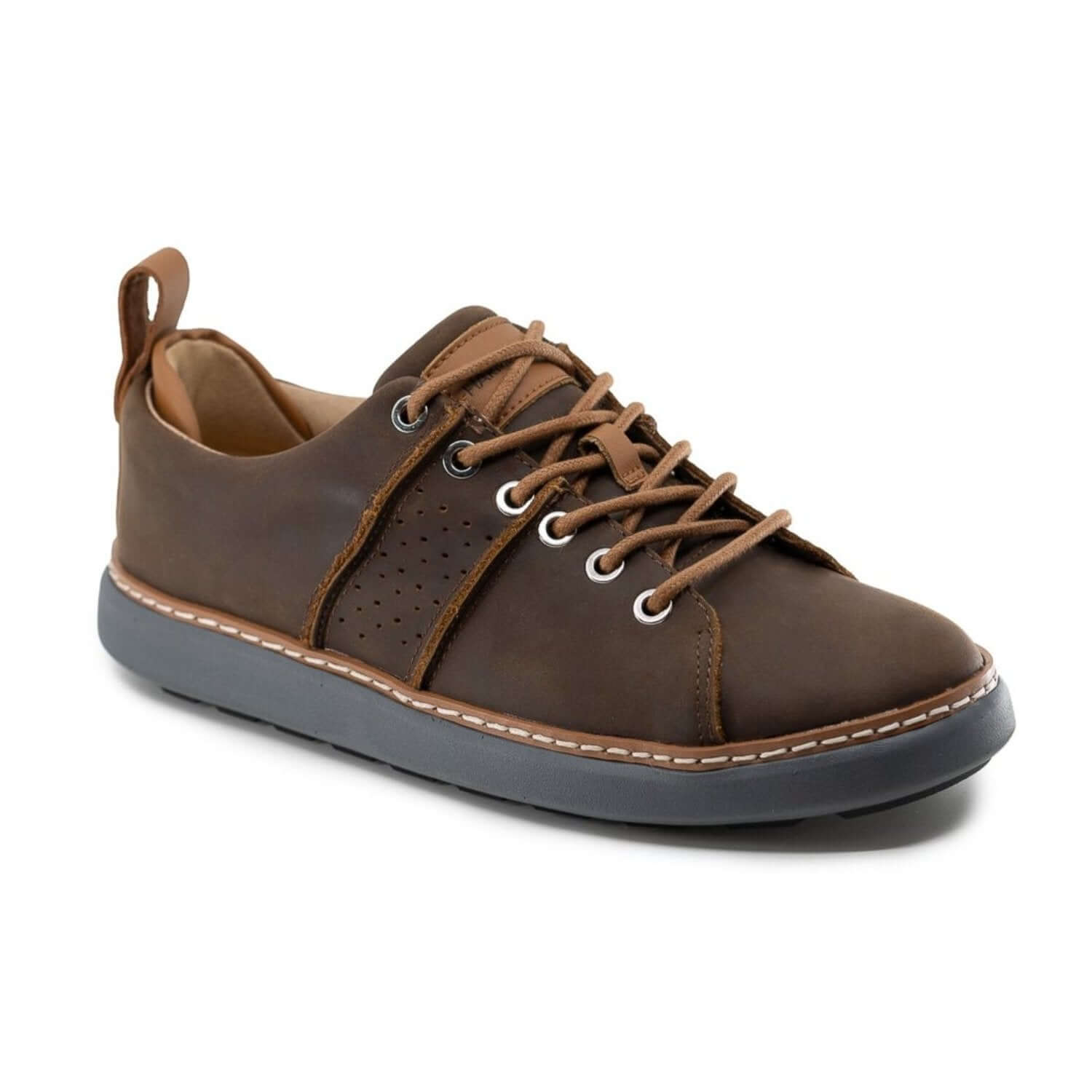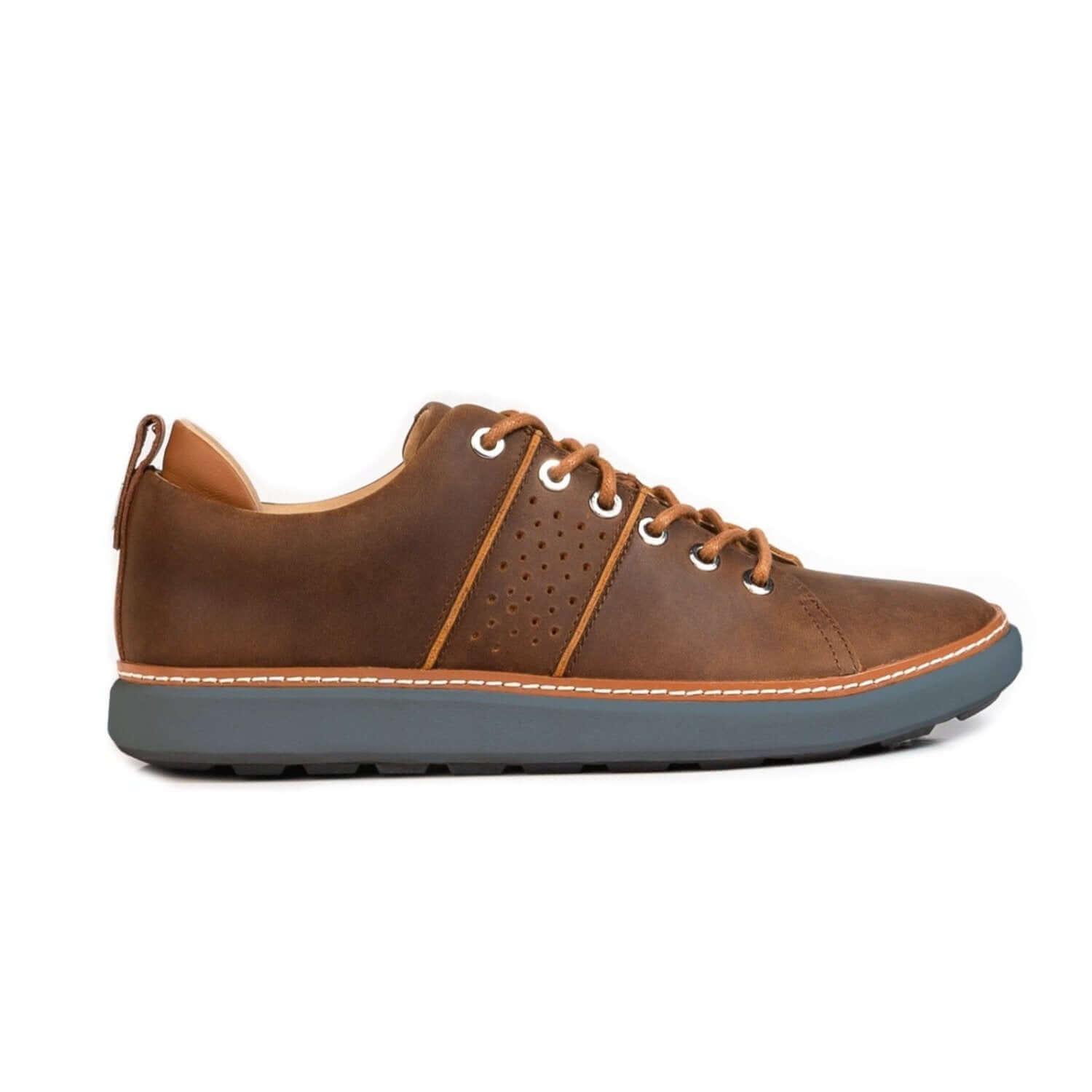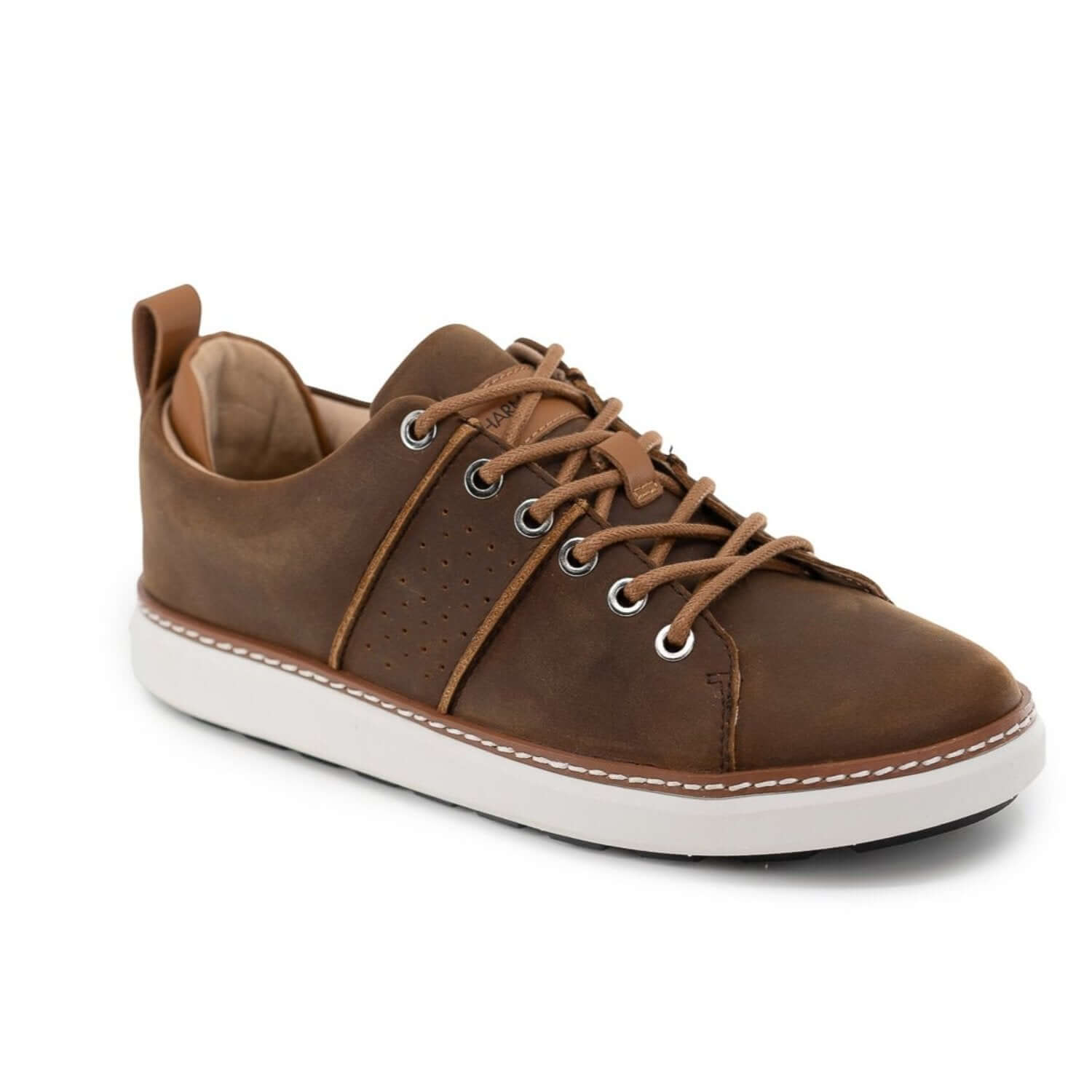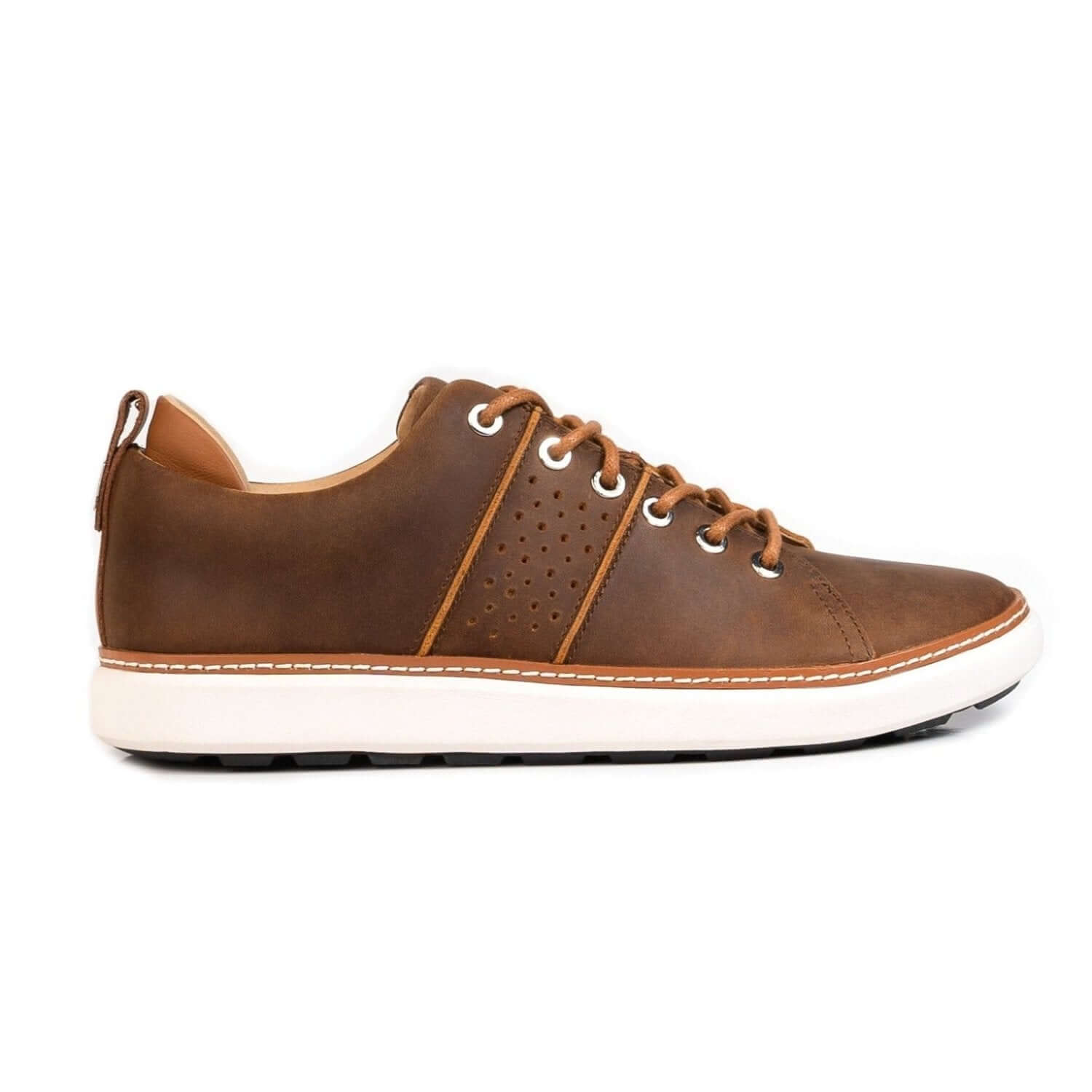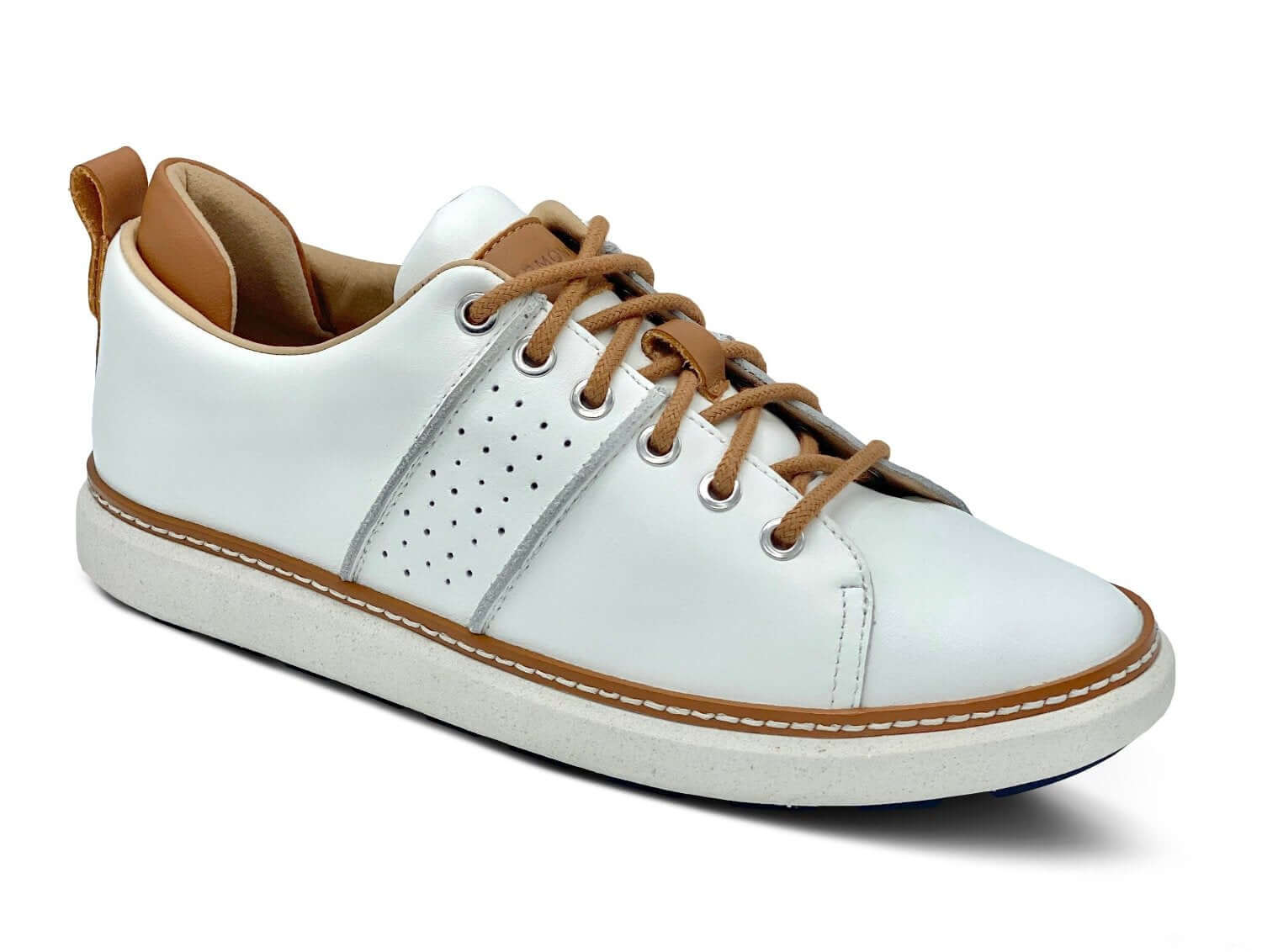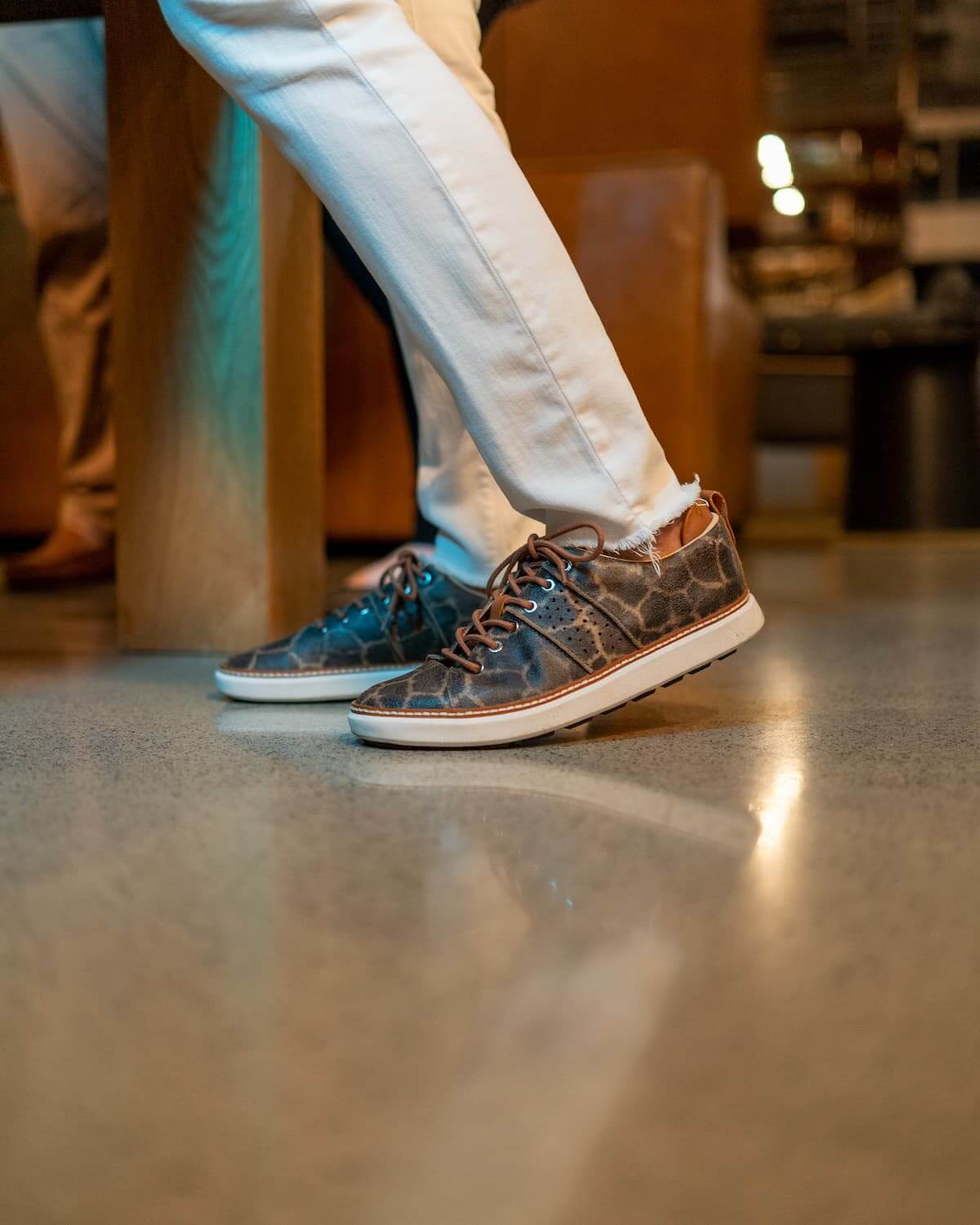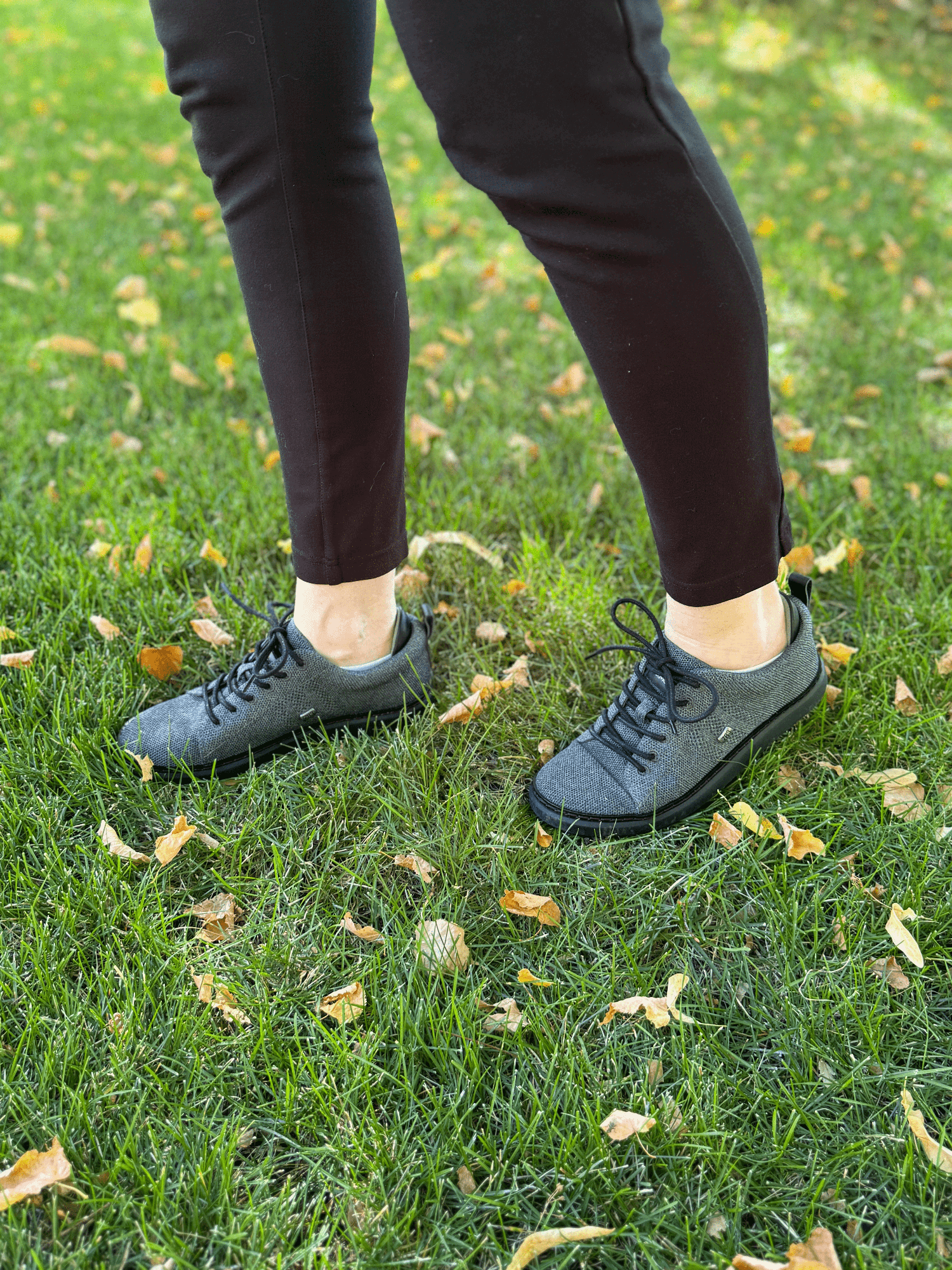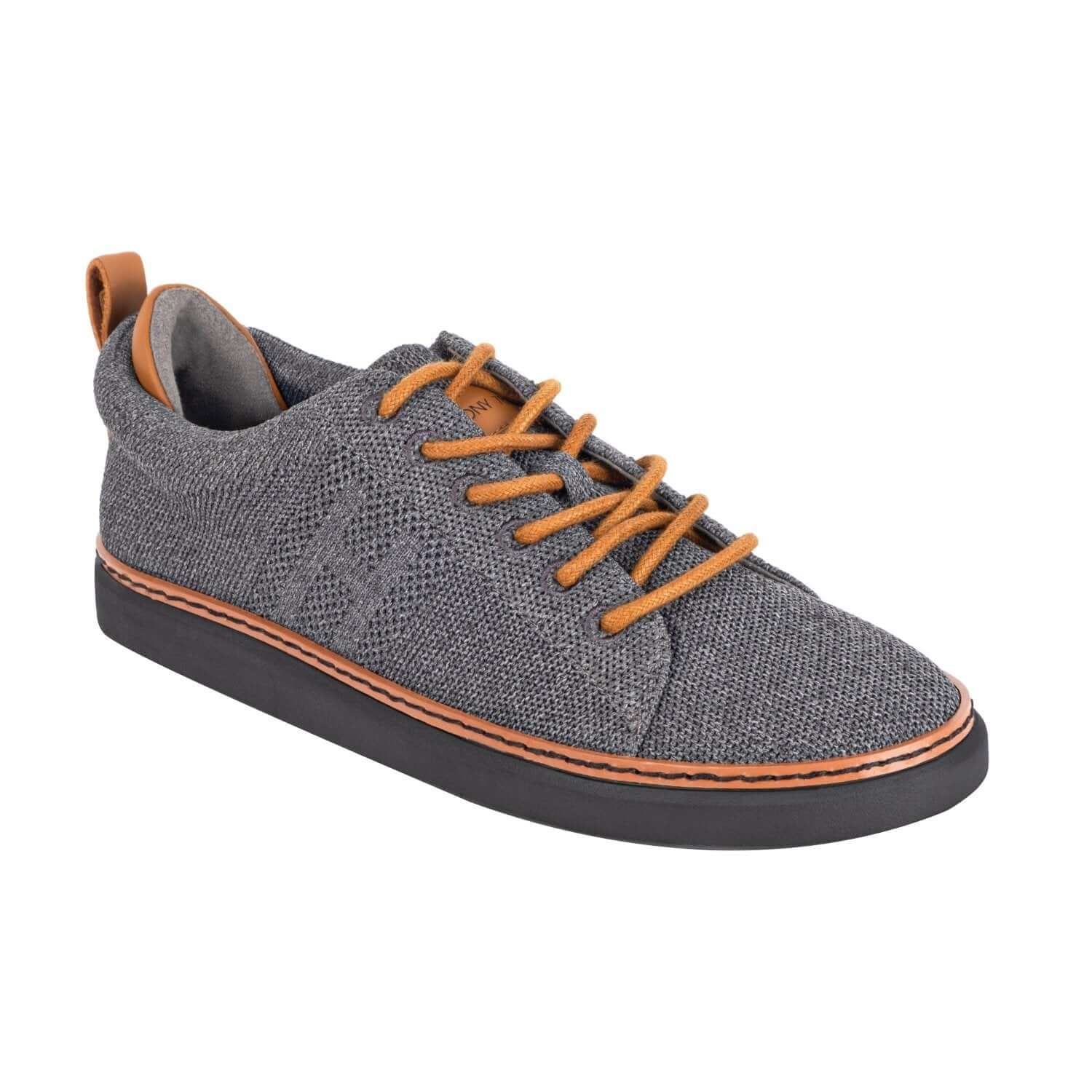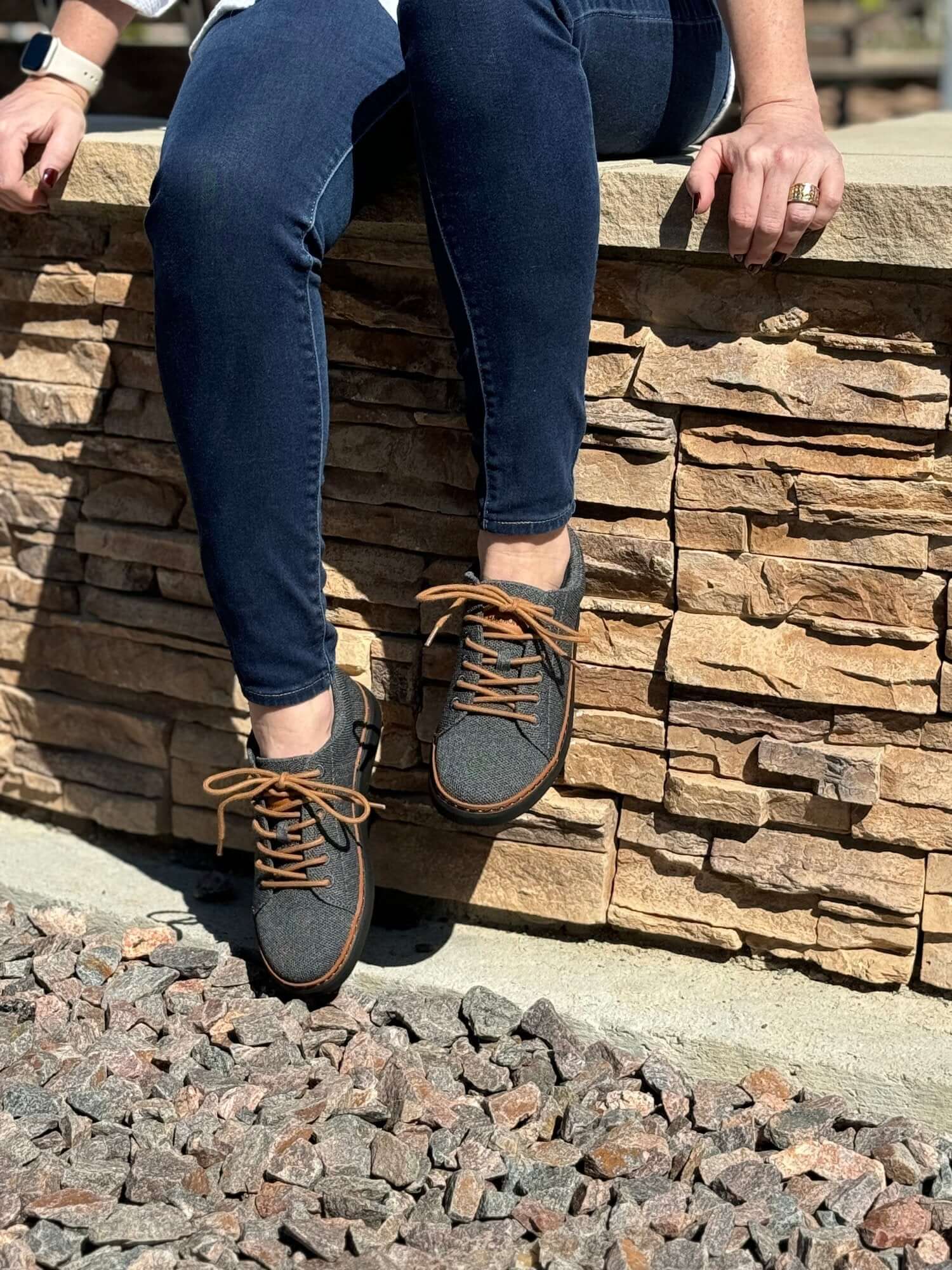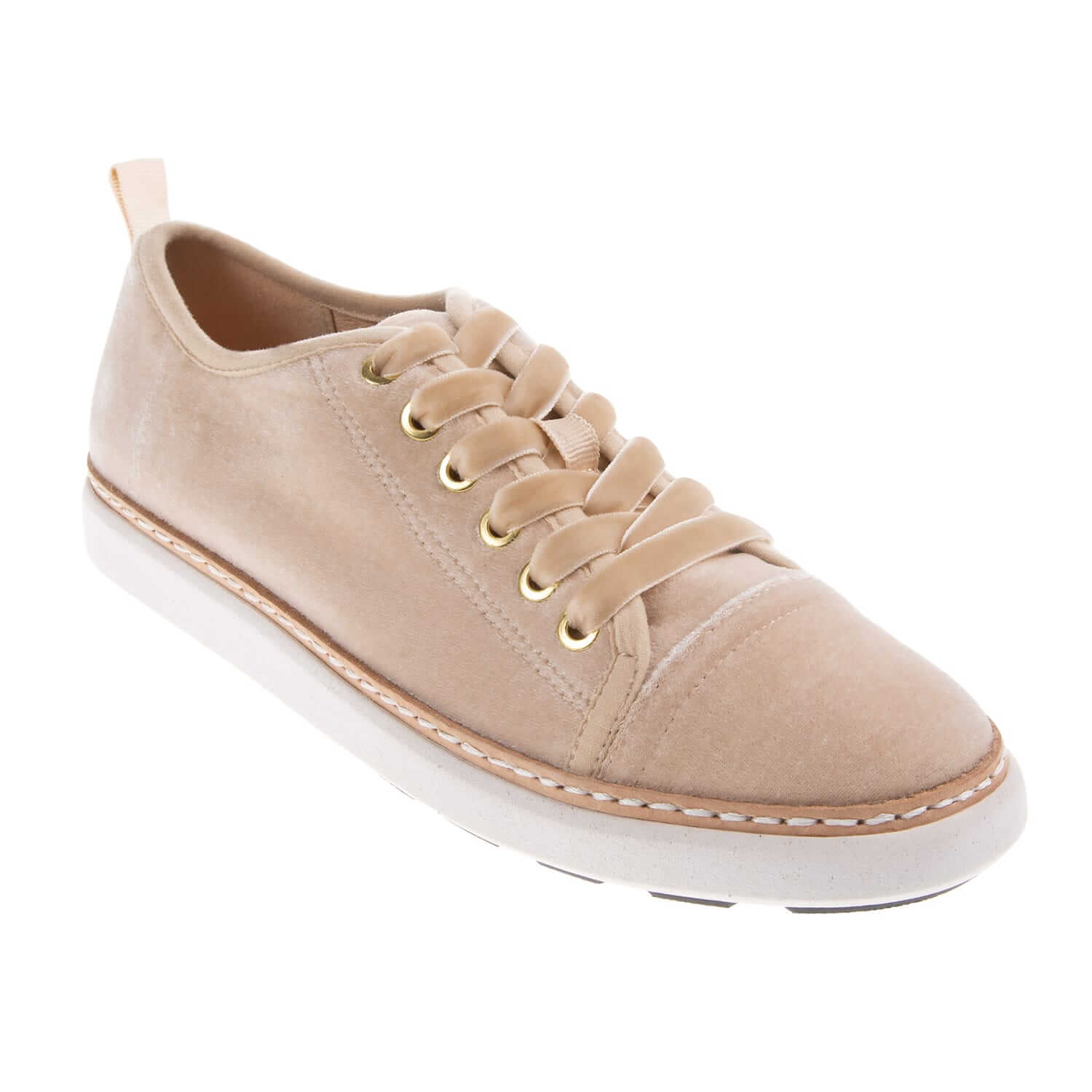If you follow the news, especially health news, you’ve likely heard we’ve become a sedentary society. Too much screen time (whether gaming, social media, or work), long work hours, and shorter commutes caused by working from home because of the COVID-19 pandemic have severely reduced our amount of daily activity.
Sitting seems harmless enough, and it turns out, too much is bad for our health. Here are some of the reasons why and some solutions.
Health risks of too much sitting
A sedentary lifestyle has been reported to lead to a long list of health problems, including:
- Heart disease
- Weight problems/obesity
- Diabetes
- Dementia
- Lower back pain
Combine sitting for long periods with staring at a screen for too long, and you may experience:
- Headaches
- Eye strain
- Shoulder or neck pain
We certainly all have occasional “lazy days” when we just binge-watch our favorite shows and stay on the couch.
Making it a way of life is a bad idea for many reasons. It’s become such a serious issue (even before the pandemic), medical professionals have said, “sitting is the new smoking.” And we all know how the smoking habits play out.

Why is sitting too much so bad for our health? Here are the primary reasons:
- Sitting requires less energy. You burn fewer calories when you sit. You may feel sluggish, tired, or stiff from sitting for too long. Even
- Sitting cancels out your workout. Even if you hit the gym, track, or trail for an hour each day, that still leaves a whole lot of time to sit or lay down, especially post-workout. A typical workday is 7-8 hours. Sitting for most of that time will undo any calories you burned, even during the most high-intensity workout. Getting up and moving, even for a few minutes, increases the oxygen flow, gets our blood pumping, and helps boost our energy levels.
- Sitting can cause an increase in anxiety/racing thoughts. Too much sitting and inactivity doesn’t just impact your physical health—it can have negative effects on your mental health. Sitting too much could cause your mind to become idle. If you already struggle with anxiety and/or racing thoughts, excessive stillness could make it worse. Take regular walks to burn off any nervous energy and keep your mind occupied.
- Non-ergonomic chairs are a hindrance. Occupational health professionals have touted the benefits of ergonomic chairs for years, and many workplaces have caught on. For those working at home (and many for months now), an ergonomic chair may not be in your budget yet; however, this type of seating could be one of the best home office investments you’ll ever make. They are adjustable and can contour to fit your body. Unfortunately, many of us working at home are still using (decidedly uncomfortable) high-backed, wooden kitchen or dining room chairs or a basic computer chair. This seating is fine for a family meal, but not for a long period of time like a workday. Look for the best ergonomic chair your budget will allow. Your body will thank you!
Sometimes we can’t help having to sit for long periods. Try not to sit for several consecutive hours. Instead, you can:
- Stand up and stretch after a certain length of time (say, work for 30 minutes, then stand up and do some stretches for 1-2 minutes). If you have a long drive ahead of you, schedule regular stops to get out and stretch your legs.
- Use stairs whenever you can. Get your heart and blood pumping after having to sit still for so long.
- Walk or jog a few laps around the parking lot (if you work in an office) or the block a few times throughout your workday. This article from FastCompany.com says that exercising for as little as 11 minutes each day can reverse the effects of too much sitting.
Don’t let your hour-long workout be the only time you move all day. Incorporate these simple lifestyle changes—and look for new ones—into your daily routine to counter all the sitting.

Benefits of standing desks
Another option is to invest in a standing desk and say goodbye to sitting at your desk entirely. Standing desks have been on the market for a few years and are a great solution for those who sit for long periods.
A standing desk is basically a desk that allows you to stand comfortably while working. Most models have adjustable heights so you can switch between standing and sitting. (They are different from treadmill desks, which have a built-in treadmill, allowing the user to stroll while they work at their desk).
Studies have shown standing desks have significantly reduced, if not eliminated, many of the problems mentioned above (namely, obesity, diabetes, and heart disease). They are also thought to boost workers’ productivity and improve mood.
Balance sitting with grounding
Besides taking regular breaks to walk and stretch, or investing in ergonomic chairs and/or standing desks, grounding has shown to positively counterbalance the effects of too much sitting.
Yes, grounding might mean more sitting. The difference is a person’s body is positioned directly on the earth, whether dirt, sand, snow (for the dedicated practitioner!), or other natural surfaces. Through this connection, your body’s electrical energy is essentially realigned.
A growing body of scientific evidence shows how grounding techniques can help a wide range of conditions. It is beneficial for inflammation and heart disease.
Cardiovascular disease, of course, is one of the most significant potential risks of too much sitting. Grounding has shown to positively affect the blood’s viscosity—a major factor in cardiovascular disease. For more information on how grounding helps the heart, check out this article.
Grounding is most effective when you make direct bodily contact with the earth, and there is a wide range of earthing products on the market, from shoes to mattress pads, to take your practice along wherever you go.
Have you gotten more sedentary in the past year? What changes have you made to get moving again? We’d love to hear what is working for you.






